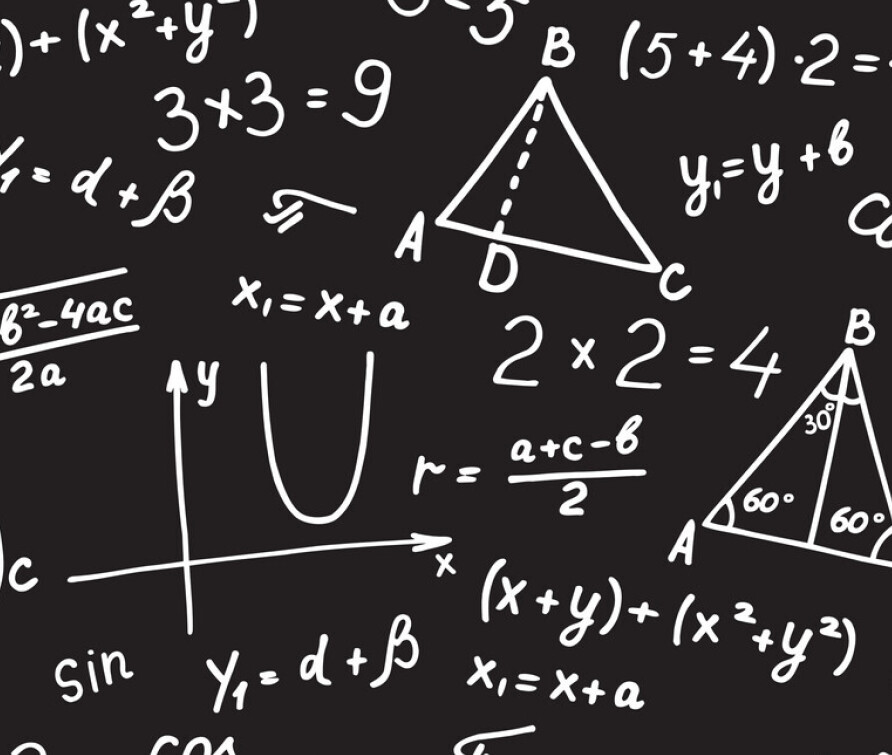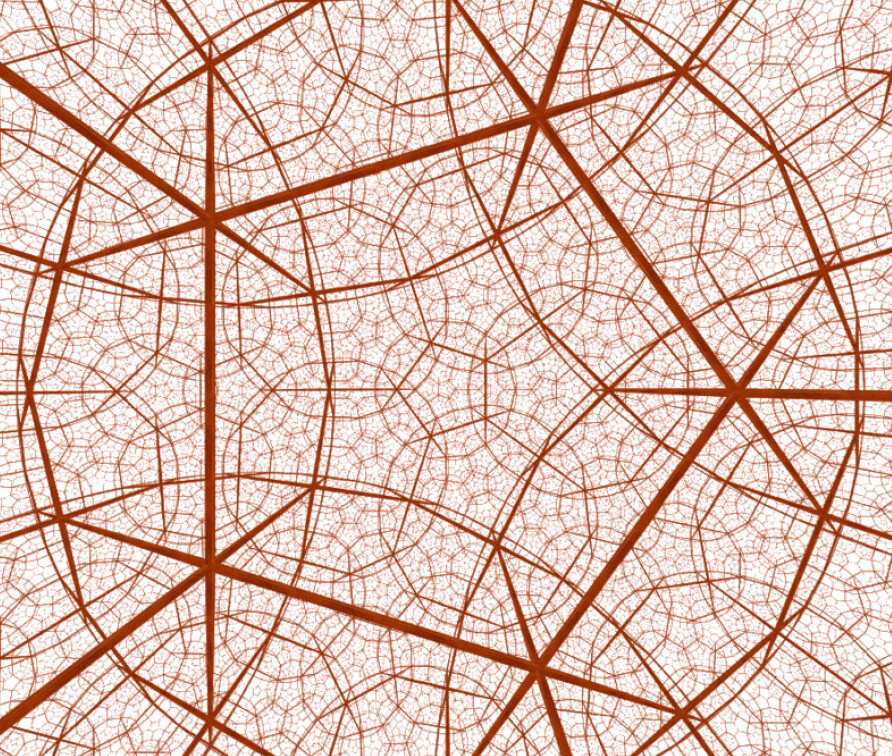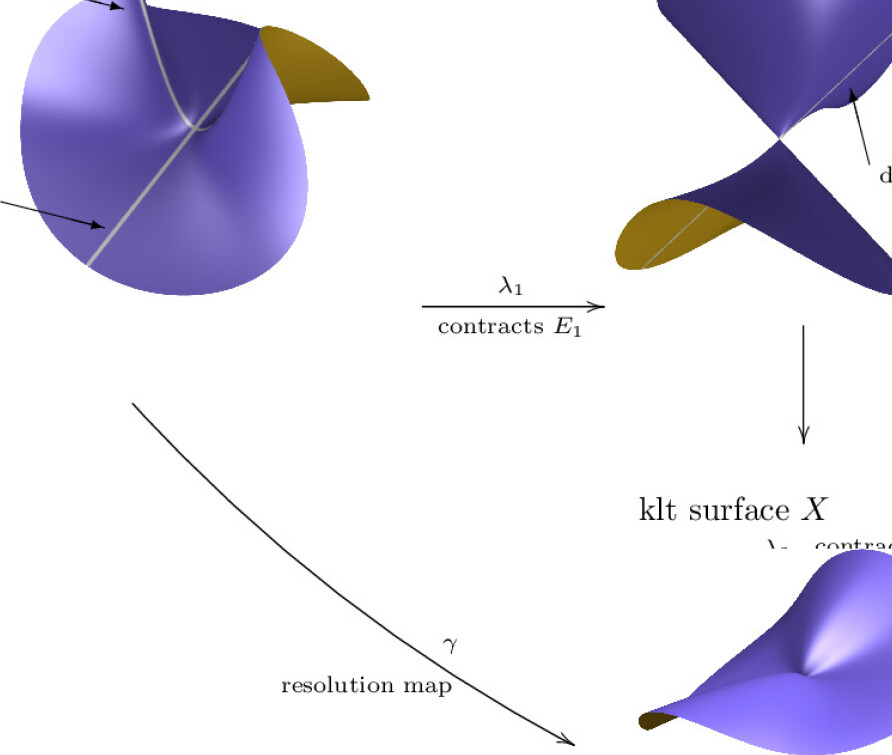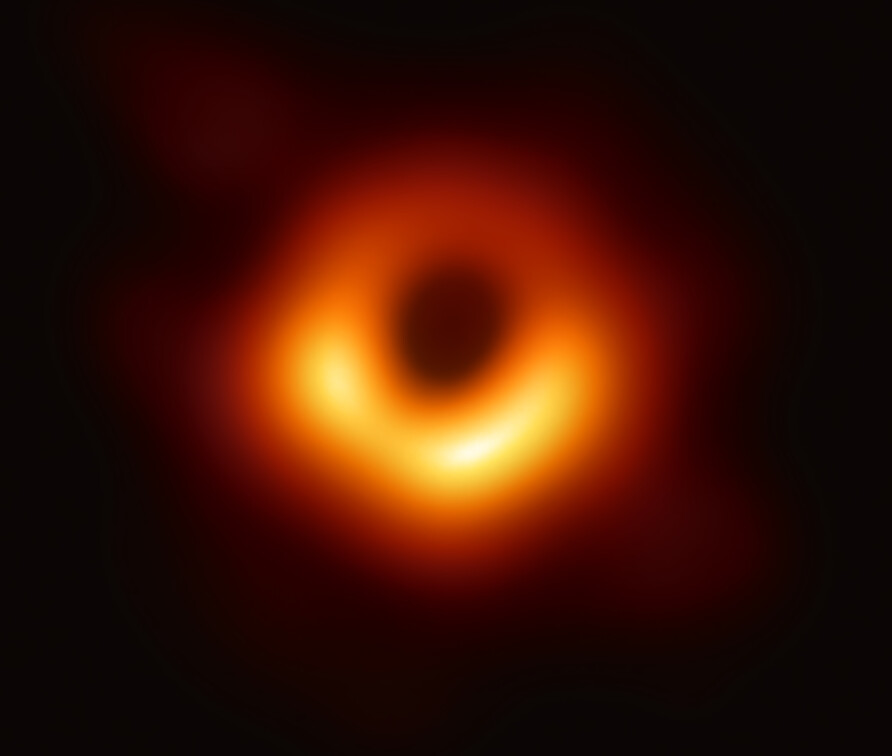Junior Geometry Seminar archive
Showing results for:
Spring 2020 archive
Spring 2020
13 March 2020: CANCELLED
6 March 2020: Luigi Lunardon - One more reason why we love K3's
Abstract: Kulikov's classification is a powerful tool to understand the geometry of semisimple degenerations of K3 surfaces. However, no similar tool is available in higher dimensions. Indeed, several nice properties of these degenerations do not generalise in higher dimensions. We will show an example of this phenomenon, introducing some techniques related to the properties of the motivic zeta function of a degeneration.
7 February 2020: Geoffrey Otieno Mboya – Introduction to scrolls
Abstract: Scrolls play a central role in the construction of varieties; they are ambient spaces for K3 surfaces and Fano 3-folds. In this talk, I will give two equivalent definitions of scrolls and give examples of some embedded varieties in them. I will end by describing the useful cone of line bundles on surface scrolls.
31 January 2020: Calum Spicer – Foliations and Mory theory
Abstract: We’ll introduce a fundamental class of objects in the study of dynamics, namely, foliations. We will discuss some motivating problems and questions and then explain a contemporary direction of research whereby ideas from the Minimal Model Program are applied to the study of foliations. Time permitting we will also explain how this approach has applications to several concrete problems in geometry, especially in the case of the hyperbolicity properties of algebraic varieties.
24 January 2020, Joshua Jackson – Taking quotients of algebraic varieties by group actions
Abstract: Given an algebraic variety X with an action of an algebraic group G, is there a reasonable notion of what the ‘quotient variety X/G’ should be? The main motivation for this question come from moduli theory: many moduli spaces classifying objects in algebraic geometry and elsewhere can naturally be realised as quotients of some space of parameters by a group action.The answer to this question, at least if G is reductive, was given by David Mumford in the 1960’s and goes by the name of Geometric Invariant Theory (GIT). After giving an introduction to the main main features of GIT, I will give some examples of its use in practice to construct some famous moduli spaces. Time permitting, I will then say a few words about what goes wrong in the non-reductive case, and what we can do to fix it.
17 January 2020, Liam Stigant – Brief Guide to the Minimal Model Program
Abstract: The minimal model program (MMP) and related questions have become a large industry in modern geometry. The aim of the program is to classify varieties up to birational equivalence by choosing a suitable model for each class and studying their geometry. This talk will aim to introduce some of the key ideas and structures of the classical MMP, in particular Mori’s Cone Theorem for smooth varieties.






